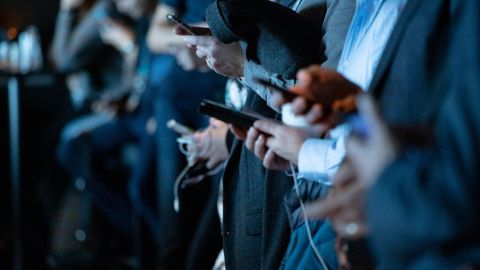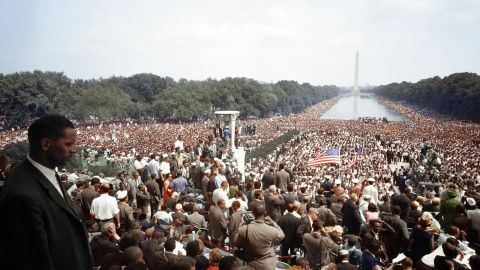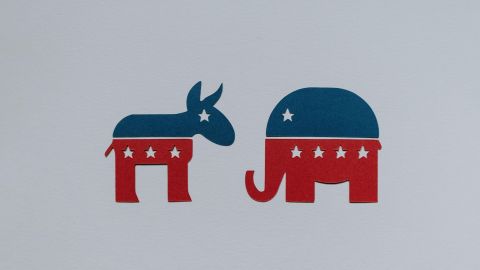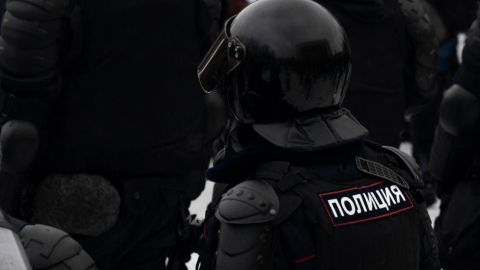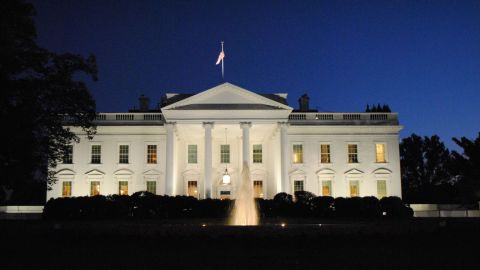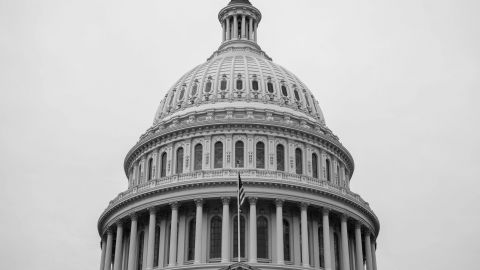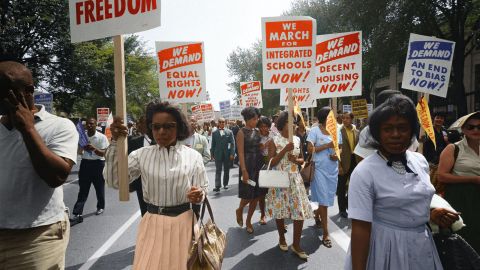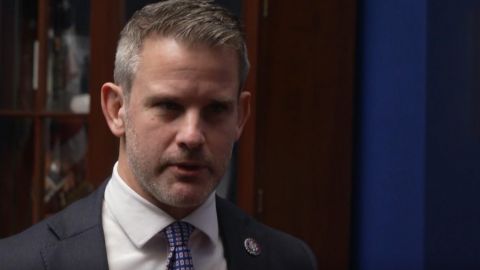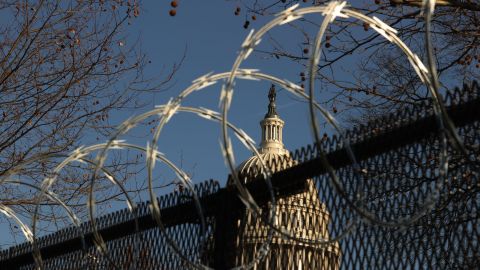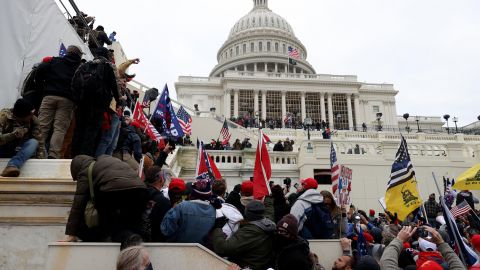- Violence has almost always played a role
in the establishment of democracy.
The United States was obviously founded
in a violent revolution,
which was not simply a revolution against the British,
but it was also a kind of civil war
fought against the Loyalists,
who were often treated with great violence.
In the United States, were expelled in many cases
or sort of driven to accept the American Revolution.
- The symbolism of the United States Capitol
has always been a point of celebration on one hand,
but also has been at the center of efforts of attack too,
when certain populations have decided
to launch a frontal assault against the American republic.
I think of, for example, the War of 1812,
and this is widely cited these days,
but when British forces rode up the Chesapeake Bay
and then up the Potomac River
and launched an assault on Washington, DC
and burned the building.
That was an effort to demonstrate
a strike at the very heart of Republican principles,
such that the message was received in the new republic
that it was not safe, it was not stable, it could not stand.
But then I also think of the political rancor
of the late 1840s and the early 1850s.
The politics of racial divide,
the politics of racial animus,
the efforts to protect slavery became so vicious
that many who represented the nation
and who were members of the House or senators
went to their offices armed, went into the Senate Chambers
or the House Chambers armed
and they were not necessarily armed
against attack from without, but they were armed
against attack from within, from their own colleagues.
- There have been times in American history
when members of Congress worried about the public showing,
(laughs) showing their thoughts and feelings
with violence in The Capitol against Congress.
One of those moments is in the 1850s,
in which there's a North Carolina congressman,
with the wonderful name David Outlaw,
who is worried because there's a slavery debate
that's getting really heated.
And he writes to a friend and says, in this letter,
he's worried because if the debate becomes ugly,
he would easily expect
that the people swarming around The Capitol, the public,
which could be scores and scores of people,
might swarm into the House and or Senate Chamber
and really encourage and enforce bloody violence.
He's so worried about that, that he and a friend
count the number of men in the House
who they think are armed.
They count roughly 40 or 50 men that they assume are armed,
which in and of itself is fascinating.
It's really hard to find that kind of information.
But again, the idea that the public may get
emotionally upset and then rush into Congress
and inflict their demands in a violent way,
it's not new to 2021.
- I think the era of Reconstruction and just afterwards
had events, which are the most, are the most similar
to things that happened on January 6th.
Mobs trying to overturn democratically elected governments.
In Reconstruction, you had, let's say,
the Colfax massacre in Louisiana, where armed whites,
I mean really armed, with cannons and things like that,
assaulted the county courthouse in a parish
as they call it in Louisiana,
and a black militia unit was there
defending the local government
and they eventually surrendered and some number of them,
scores of them were killed after surrendering
by this white mob.
Or after Reconstruction, in the late 19th century,
The Wilmington Riot of 1898, where again,
a locally, in Wilmington, North Carolina,
an elected biracial government overturned
by, again, armed whites who forced the members
of the Wilmington Municipal Government to resign
and flee the city.
So mobs trying to overturn democratic elections
are not necessarily new in American history,
but it has happened enough that we have to realize
it's a symbol of a problem with democracy
or a problem with people accepting the legitimacy
of everybody having a say in our political democratic,
democratic system.
- So January 6th represents the collision
of three different streams of militant right activism.
One is the white power movement.
People you see who were organized,
who showed up in vests and tactical gear, wearing radios,
who talked about bringing in weapons
and who, from the early reports, seemed to have instigated
the attack on the building.
The second stream is QAnon.
QAnon is peddling a very old set of conspiracy theories.
We've had some version of the idea of a cabal of elites
harming white women and children around
since the protocols of the Elders of Zion, if not earlier.
And then the last stream, the biggest one,
is the Trump base that was motivated enough to go out
and protest what they thought was a stolen election.
And that group ranges from deeply committed
to sort of people who may have just been there
to attend a rally.
The militant right and the white power movement
present imminent threats to American democracy,
whether they are advocating for race war,
which presents a clear and present danger
to American people and to democratic process,
or whether they're advocating for authoritarianism.
Either way,
this is a fundamentally anti-democratic groundswell.

